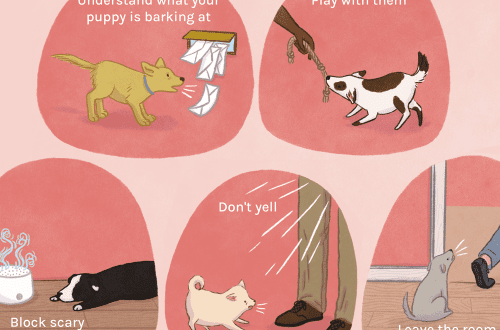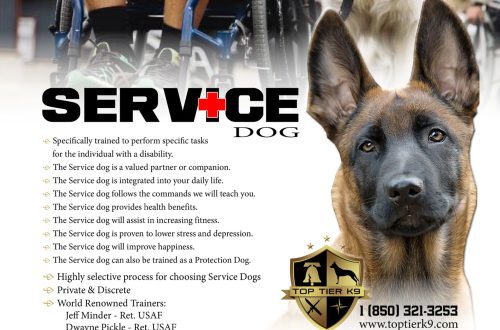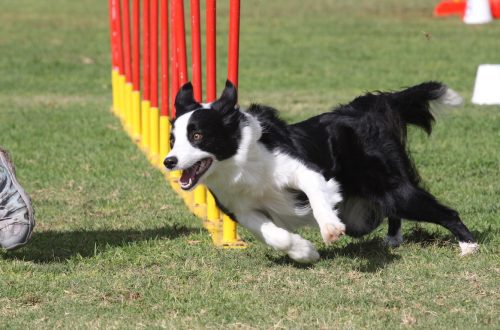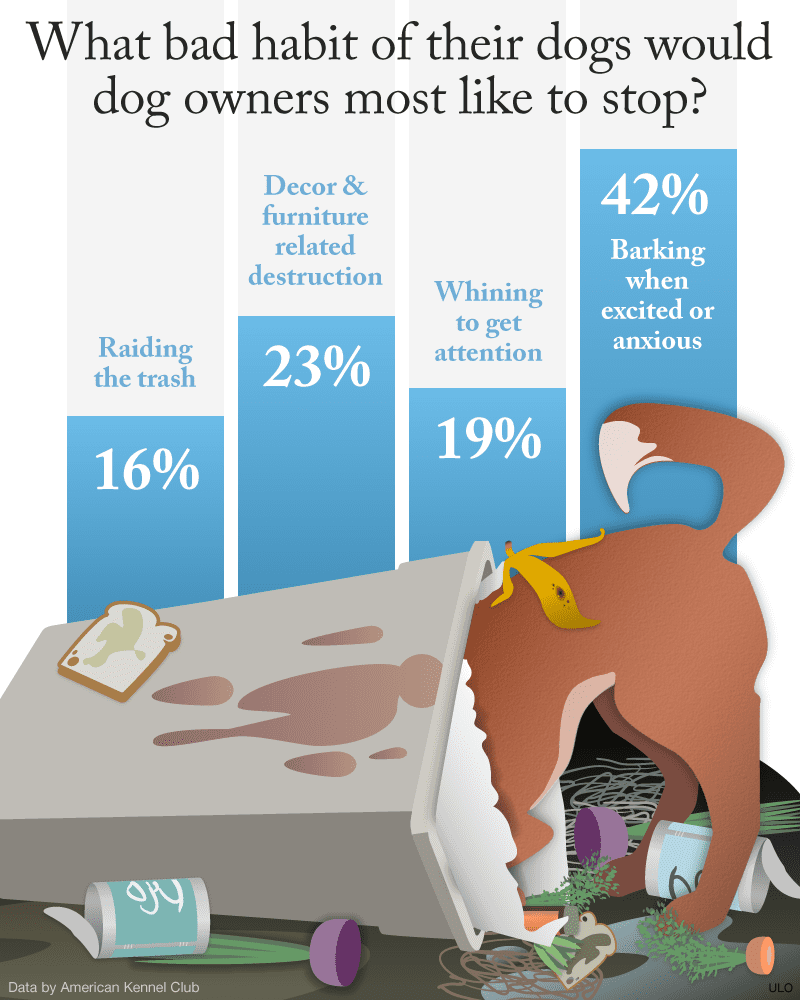
Meriv çawa kûçikek mezin bi adetên sazkirî perwerde dike?
Primarily outbred dogs are distinguished – these are those that have always lived on the streets of settlements and have always been outbred. So, these dogs cannot be found, because they were not lost. They are draws. Or rather, their own. These dogs don’t dream of being “found” and they don’t dream of being apartment dogs.
Secondary mongrel dogs are obtained from the love of primary mongrel dogs and purebred dogs or as a result of interbreeding love of purebred dogs. Some of them were born on the street, so they didn’t get lost either. The second part could live in a person’s family, and then was thrown into the street. So it’s not a lost part either. But the third part can be . But a small part.
A thoroughbred dog on the street is also not always lost to be found. Maybe a business comrade just ran away, and you just found him. Nice business! But a thoroughbred dog can be kicked out into the street.
So first make sure the dog is lost so you can find it. That is, that it used to be someone else’s, and now it has become a draw.
Nobody’s dog, as a rule, behaves insecurely, runs erratically, often runs up to passers-by, looks into their eyes, obviously looking for someone and does not find it. She can wander around your area for several days with a clearly lost look. Or senselessly sits in one place and does not go anywhere. She wants to be found!
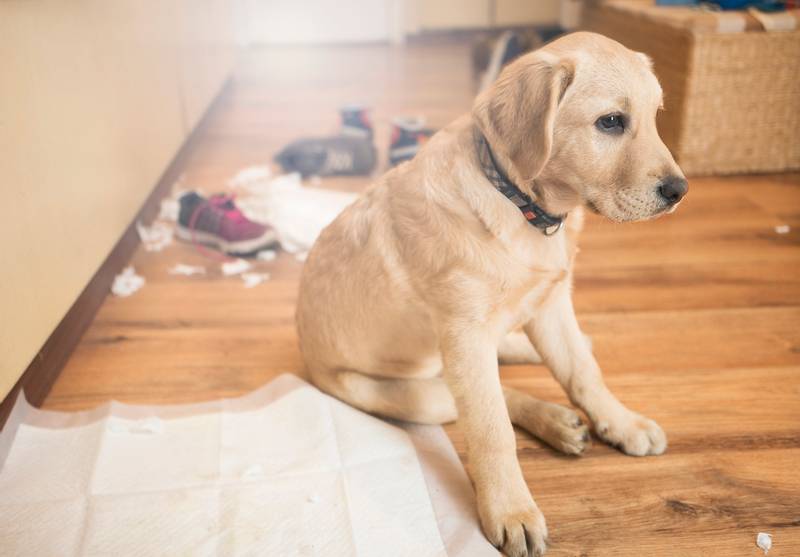
Does it make sense to take an adult dog, that is, a dog that, judging by the teeth, is more than a year old, from the street home?
If we talk about primarily mongrel dogs, then it’s not worth it. Primarily purebred dogs have been living next to a person for several thousand years, but not with him. They are independent, poorly trained and poorly subordinated, they are used to freedom and will not endure imprisonment. Their home is the street.
Secondary mongrel dogs can be human-oriented in much the same way as purebreds. From purebred dogs, they could inherit decent genes that make them obedient, conflict-free and loving pets. But not a fact. The probability of having such genes is unpredictable.
As you know, Hamlet faced one question: to be or not to be? It was easier for him. A person who has met a dog on the street has a harder life. There are several questions before him. The first one: stop or walk past the dog? If a person stops, then he is forced to answer the second question: to hand him over to a shelter or take him home?
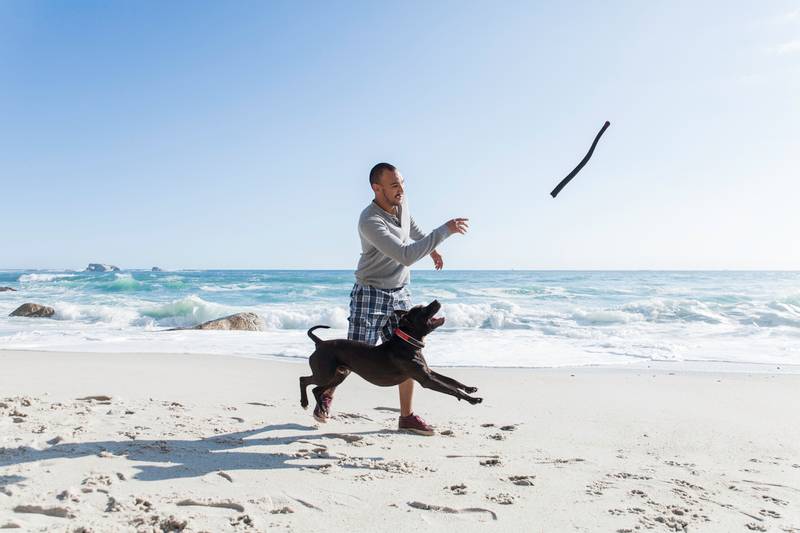
In a shelter, a dog can live a lifetime, or after appropriate veterinary examination, training with volunteers or professionals, it can , and a lost thoroughbred dog will be able to find its owner who lost it. So it makes sense to hand over to a shelter.
But if you want to bring your dog home, there are a few things to keep in mind. If the dog is purebred or not very thoroughbred, but , your moral duty is to try to find her owner. Therefore, do not rush to educate and train. This is the first.
The second is that if your family has children, it is strictly forbidden to bring an adult dog into an apartment or house. Why? Because we do not know the history of the life of this dog, we do not know what experience it has. Maybe she was “lost” precisely because she does not like children? This I mean that when deciding whether to take an adult dog home or not, you must remember that you have the right to risk only your own life and health. Risking the health or even the life of others is not allowed.
And the third thing is that you must understand that you will have to not educate, but re-educate, not teach, but re-train the dog. And to remake a living being is always difficult, and sometimes very difficult, it requires special knowledge, time and patience. And do not rely on dog gratitude. Did she ask you to domesticate her? Required to re-educate and re-train? This is only your desire.
However, back to the fact that, having lured, seduced or caught a dog on the street, you decide to devote the remaining days of your life to saving his lost soul. That is, they caught a dog – and let’s save it!
So, for starters, moderate the pedagogical ardor. Just feed and water your dog. Feed your dog ready-made food and hand-feed the daily amount of food while socializing and walking. Spend as much time with her as possible, walk a lot. Try to play with her. Study the dog, watch it. How does she behave? How does he react to this or that, this or that? How does he behave at home? How does he behave towards family members?
Don’t punish your dog. If she does something wrong, distract her with something, the same food. And next time, try to just prevent unwanted behavior. So far just like that.
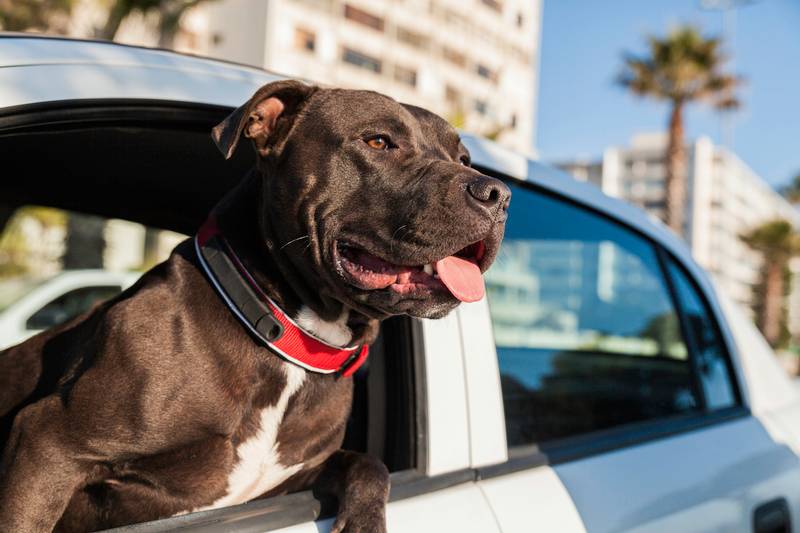
Feeding, watering, petting and walking are what every dog really needs. And you must become the one who provides the dog with these four factors. You must become the one without whom this cannot be. Only in this way will you become a very important and very necessary creature for the dog. When you notice that the dog begins to appreciate you – translated into human “love” – then you can think about (or rather, about re-education). You have already studied the dog a little and you can make a list of what you would like to change in it, what to teach and what to wean from.
You already know what the dog likes and what not. You have already noticed who she likes and when; who doesn’t like it and why. You must build your behavior in relation to the dog, taking into account these features.
The main points of the relationship with an adult dog that is not grown by you is the absence of violence and all sorts of categorical orders and commands.
First, teach your dog to wear a muzzle. Always, from morning to evening, every day. Remove the muzzle regularly to water your dog and remove the muzzle at night. Choose a muzzle that is light but strong. Better from leather strips. Big enough for a dog to open its mouth. There are techniques to teach a dog to muzzle without any violence. For a week or two – it all depends on the individual characteristics of the dog – feed him only through a muzzle, and he will begin to wear it with joy.
A dog that has been walked to the point of fatigue and is busy with some interesting business does not cause trouble at home. Walk the dog not only for a long time, but also actively. Tired? Once? Who made you get a dog? You are now responsible for the one whom … and so on.
An interesting thing is a game with the owner, this is the caress of the owner, this is the swallowing of some chewing toy (with the muzzle removed, of course), these are exercises with the owner to carry out all sorts of commands. We feed the dog only from the hand and only during communication and during all sorts of training and training. We just don’t feed the dog.
On the street, a dog in a muzzle will not bite people or other dogs, will not scare anyone, will not pick up anything from the ground, etc. A muzzle on a dog will also make you feel more confident and safer.
When the dog understands that you are the most important – and not only safe, but even, on the contrary, the most affectionate in this dangerous world – you can start training. Start practicing the skills you need using the usual methods, from simple to complex. We do not remove the muzzle, we feed the dog’s diet from the hands during training and training. We avoid violence. If the dog refuses to do something, we simplify the option, make the conditions easier. If the comrade is stubborn further, we do not force, but simply stop feeding, turn away, move away, take a boring break for the dog, tie it somewhere shorter. And again we offer cooperation.
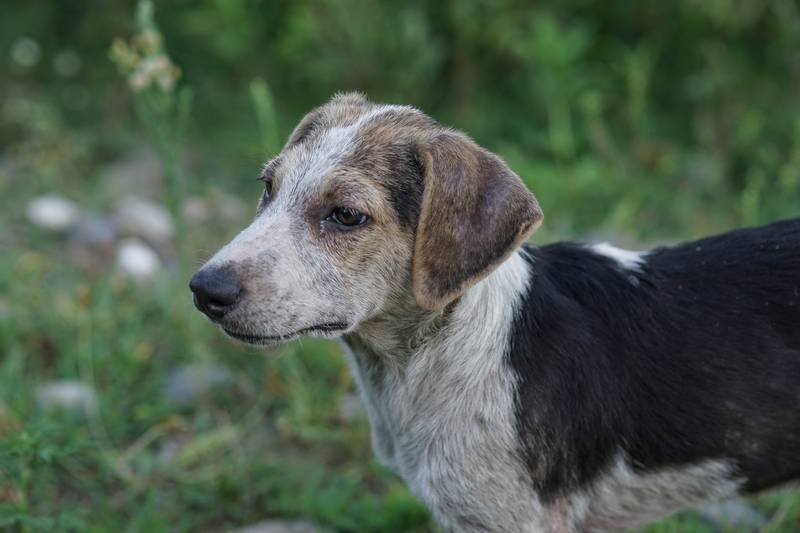
Slowly and persistently, with boring stubbornness, we achieve what we want from the dog. And even sometimes not by washing like that by rolling …
How to wean a dog from what you do not like? Find what reinforces the dog in this unwanted behavior and eliminate the reinforcer. Offer the dog an acceptable behavior that excludes unwanted behavior. For example, a dog is trying to eat something from the ground. Keep her occupied with something interesting on the street so that there is no time left to look for food. If trying toward people or dogs, give the command to land or lay down, or begin a movement exercise along when these people or dogs appear.
Unfortunately, the older the dog, the more difficult it is to educate and train it, and the less she likes both of these activities. But, as they say, he took up the tug – do not say that you are not a dog lover!
And good luck. You will need it.
Wêne:



